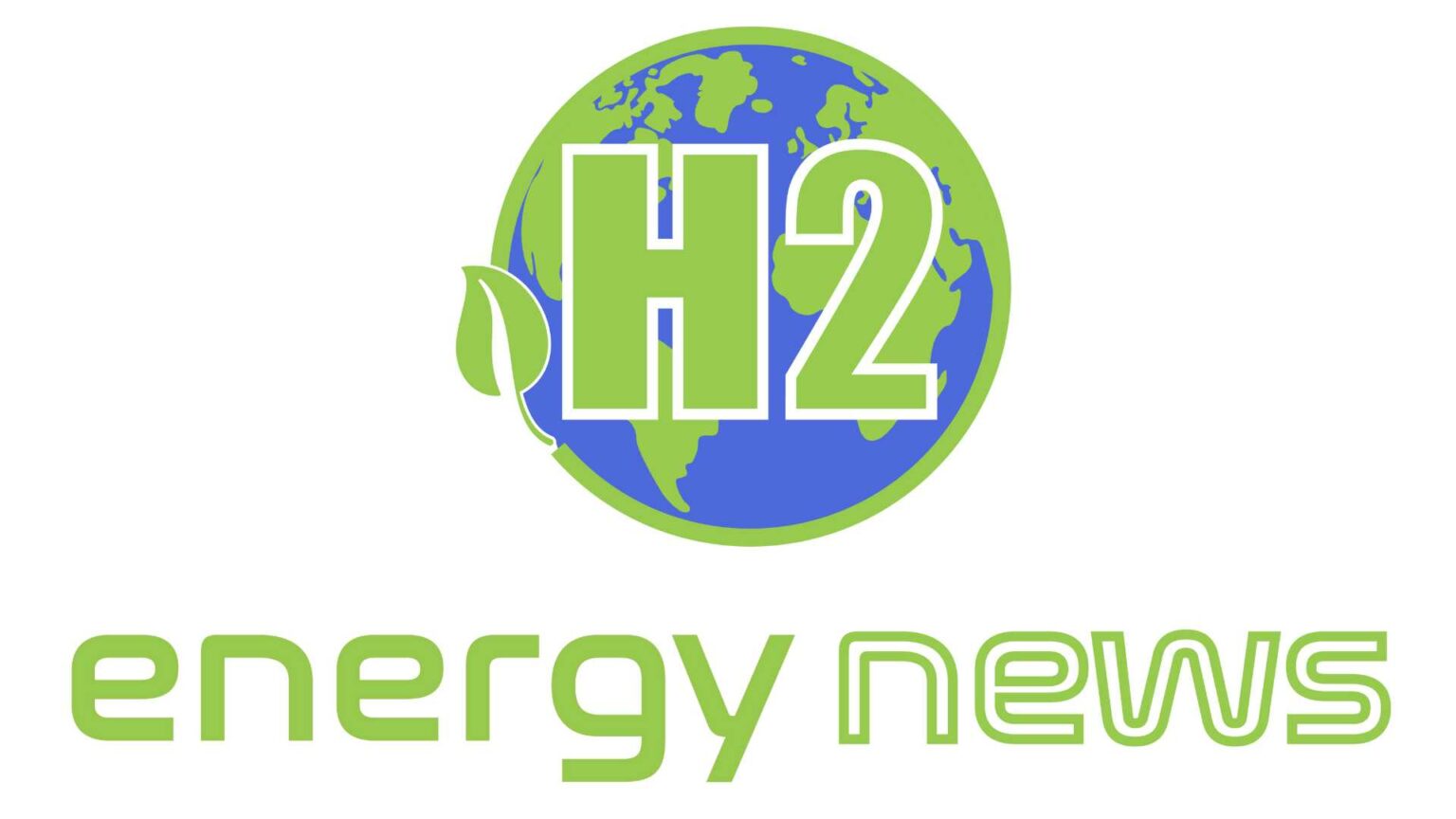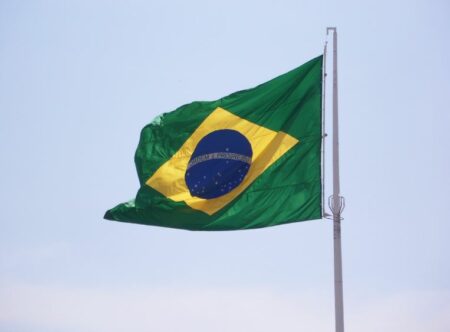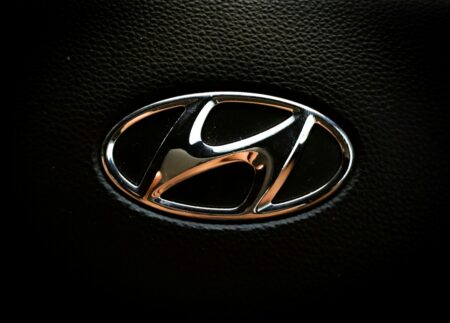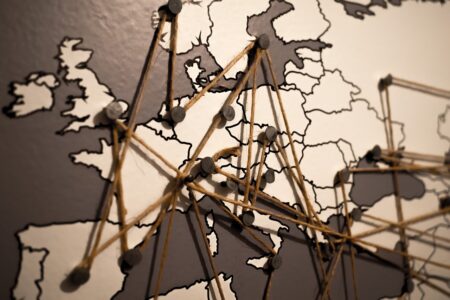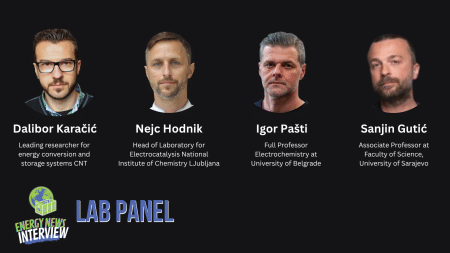Even though Gen3, the third generation of vehicles, will debut in a year, Formula E is already planning for the future with the rules of Gen4. And one of the new things that this may bring is a fundamental shift in the category, with hydrogen being used to attract new automakers.
Formula E presented the first photographs of the Gen3, a design with 470bhp and a total regenerative braking capability of 600kW, during the pre-season in Valencia in November.
The new vehicle will debut in the 2022-23 season, and teams will get the new machines in the first part of the season, while private testing by the car’s manufacturer, Spark Racing Technology, continues. And the Gen3 Evo, an automobile upgrade for the following years, is already in the works.
In the interim, the Gen4 regulation is being debated, and new manufacturers will be encouraged to share their thoughts and ideas on the category’s future development.
“The Gen3 is already outstanding,” FE co-founder Alejandro Agag said in an interview with Motorsport.tv. But now it’s time to start thinking about Gen4, which will arrive in five years. We need to start talking right away. suppliers and assemblers that are working with us.”
“However, we’re planning to broaden the group to include additional automakers.” We’ll discuss how Gen4 should be implemented. Anything goes there. “Anything is possible.”
Formula E will even examine using hydrogen fuel cell technology to power electric motors as part of this strategy.
“Hydrogen is under Formula E’s contract with the FIA [allegedly a 25-year exclusive deal in electric single-seater categories],” Agag stated. Hydrogen may be used in two ways. One is by combustion, which is inefficient, although some people are striving to improve it.”
“The second one, which is what we’d utilize, is a hydrogen fuel cell, which basically creates electricity by powering an electric motor.”
Extreme E, FE’s sibling category, is already using a hydrogen cell to power the Odyssey 21 E-SUVs used in the competition. HWA, a Mercedes partner, was one of the companies participating in the introduction of the HYRAZE League, a hydrogen-powered sports vehicle category set to debut in 2023.
Despite the FE establishing a maximum of €25 million (roughly R$160 million) from October 1, 2022, Agag warned of escalating expenses associated with increased technical flexibility.
“Freedom is required so that manufacturers may develop technology and have a cause to participate in the championship,” says the author. It’s crucial to maintain a sense of equilibrium. However, the more flexibility you provide, the more money teams will spend, and when they run out of money, they will withdraw from the competition.”

